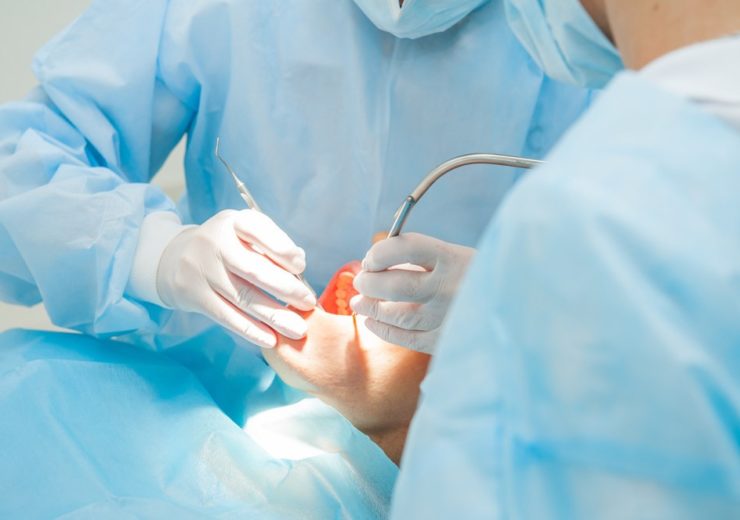This grant will fund the completion of the company's product development program and pave the way to initiate a clinical trial for its novel dental bone graft solution

LaunchPad Medical wins $1.8 million in grant from Michigan-Pittsburgh-Wyss Resource Center. (Credit: LaunchPad Medical, Inc.)
LaunchPad Medical, announced that it has received follow-on support of up to $1.8 million from the Michigan-Pittsburgh-Wyss Regenerative Medicine Resource Center which was funded by the National Institute of Dental and Cranial Research (U24-DE029462) to improve the translation of promising tissue engineering and regenerative medicine technologies for dental, oral, and craniofacial clinical practice. LaunchPad Medical had previously received two prior grants from the Michigan-Pittsburgh-Wyss Regenerative Medicine Resource Center. This grant, the largest it has received from the Resource Center, will allow the company to conduct a pivotal animal study and generate all the other required data to file an Investigational Device Exemption (IDE) application with the FDA to start a clinical trial.
In over 30% of dental bone grafting cases existing graft materials fail to achieve the desired clinical results increasing the overall time and cost of these procedures.
“Unlike most existing dental bone graft materials, this enhanced formulation of Tetranite resorbs and is replaced by bone on a timescale commensurate with existing graft materials but does not require ancillary containment devices like membranes or meshes or fixation aids like tacks and screws,” said Joseph P. Fiorellini, DMD, DMSc, Professor and Director, Postdoctoral Periodontics Program at the University of Pennsylvania School of Dental Medicine and principal investigator for this grant. “The clinical use of this material will reduce the time and complexity of ridge augmentation procedures and likely lead to more consistent results with regard to maintaining the original volume of grafts.”
Roughly 44% of all patients who receive a dental implant have a missing tooth when they start treatment, and, depending how long the tooth had been missing, varying degrees of bone loss. These patients must undergo a ridge augmentation procedure in which particulate-based bone graft materials are placed using membranes and fixation aids to contain the graft during the healing process. These procedures increase the width and height of a jawbone to replace atrophied bone so that a dental implant can be successfully placed. In over 30% of these cases, however, existing bone graft materials fail to achieve the desired clinical results, and another bone graft procedure must be conducted, increasing the overall time and cost of treatment. Market research conducted in conjunction with Avenues, a marketing company involved with the resource center, confirmed the clinical need for an improved bone graft solution.
“This was a competitive process, and we are pleased with the progress that this research team has made,” said William R. Wagner, PhD, co-Principal Investigator of the Michigan-Pittsburgh-Wyss Regenerative Medicine Resource Center. “We look forward to the continued translation of this promising technology for clinical use in the third phase of our program.”
Source: Company Press Release
